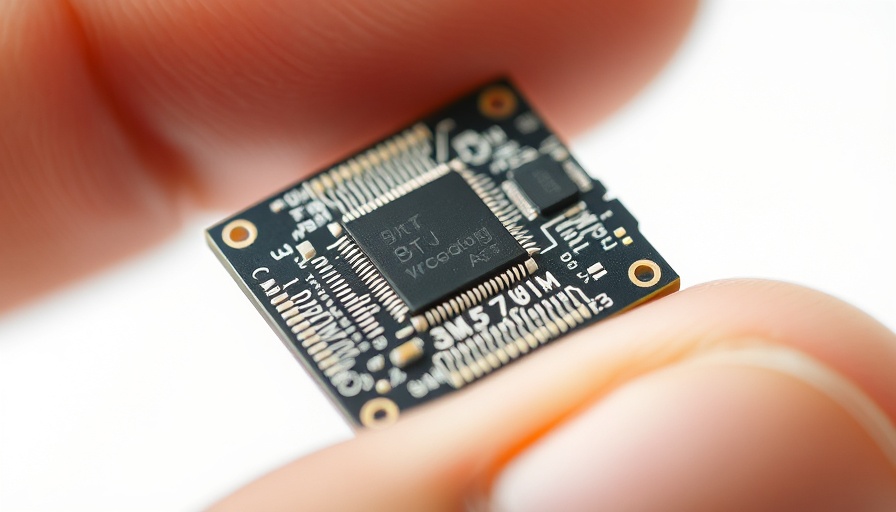
Innovative Magnetic Method Amplifies Quantum Stability
Researchers from Chalmers University of Technology and collaborating institutions in Finland have recently taken significant strides in making quantum computers more stable through a novel approach involving magnetism. At the heart of this breakthrough is a new quantum material designed to enhance the resilience of qubits, the foundational units of quantum computing, to environmental disturbances. This could herald a new era in quantum computing where stability allows for practical computation.
The Challenge of Quantum Disturbances
Quantum computing represents a monumental leap in technological capabilities, promising to solve complex problems that classical computers struggle with. However, qubits are notoriously delicate, influenced by even the slightest environmental changes, such as fluctuations in temperature and electromagnetic fields. This sensitivity has long been a barrier to the widespread acceptance and utilization of quantum computers.
The new material developed by researchers utilizes magnetic interactions, which are frequently found in various materials, to create what's known as topological excitations. Unlike traditional qubit stabilization methods that rely heavily on rare spin-orbit interactions—which can be difficult to manage—the researchers' method leverages these more prevalent magnetic properties.
What Are Topological States?
Topological excitations arise from the unique structural characteristics of the materials used to create qubits. These states can maintain stability in the face of environmental disturbances, providing a crucial advantage. The researchers' work suggests that by integrating magnetic interactions into materials, they can significantly enhance the robustness of these topological excitations.
Future Implications for Quantum Technology
The implications of this discovery extend beyond merely making quantum computers operational. More stable qubits could enable new types of computations that are currently impossible, potentially revolutionizing fields such as cryptography, complex simulations, and advanced AI algorithms. As quantum technology continues to evolve, it could lead to breakthroughs that change how data is processed at fundamental levels.
Expert Insights on the Evolution of Quantum Computing
Experts in the field have expressed enthusiasm about the potential applications of this research. They emphasize that increasing qubit stability is crucial for scaling up quantum systems. By developing materials that naturally support robust quantum states, the research team is paving the way for commercial viability in quantum computing. This could ultimately lead to businesses leveraging quantum resources for computational tasks ranging from optimization problems to enhanced data encryption.
Looking Ahead: What to Expect
As researchers continue to explore the magnetism-based stabilization of qubits, we may see more innovative strategies emerging from academia and industry alike. The development of disturbance-resistant quantum systems could accelerate the timeline for quantum technologies to become mainstream, ushering in an age where their applications become as ubiquitous as classic computing systems.
Common Misconceptions About Quantum Stability
A common misconception in the field of quantum computing is that all qubits are simultaneously vulnerable to environmental disturbances. While this is true for traditional qubits, emerging research, such as the Chalmers team’s, illustrates that engineered materials can impart stability. This understanding helps dispel fears that quantum computing cannot evolve to meet real-world applications, emphasizing the ongoing nature of research and innovation in the field.
Actionable Insights: How to Stay Informed
For enthusiasts and professionals alike, staying motivated to learn about advances in quantum technology is essential. Engaging with scientific literature, attending relevant conferences, or joining discussions around quantum innovations can provide critical insight into the direction of this exciting field. By understanding and embracing these advancements, individuals can equip themselves for future opportunities as quantum technology continues to unfold.
In conclusion, as research around quantum materials progresses, we are inching closer to realizing the full potential of quantum computing. By addressing stability with innovative magnetic solutions, we could see a swift transition from theoretical possibilities to tangible applications in everyday technology.
 Add Row
Add Row  Add
Add 




Write A Comment